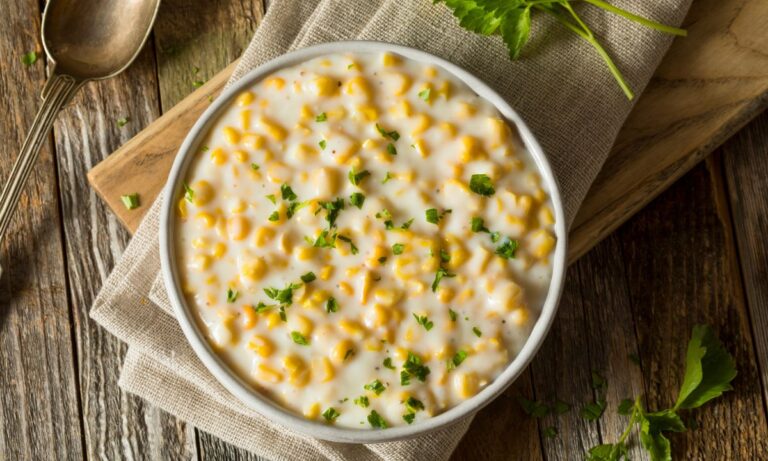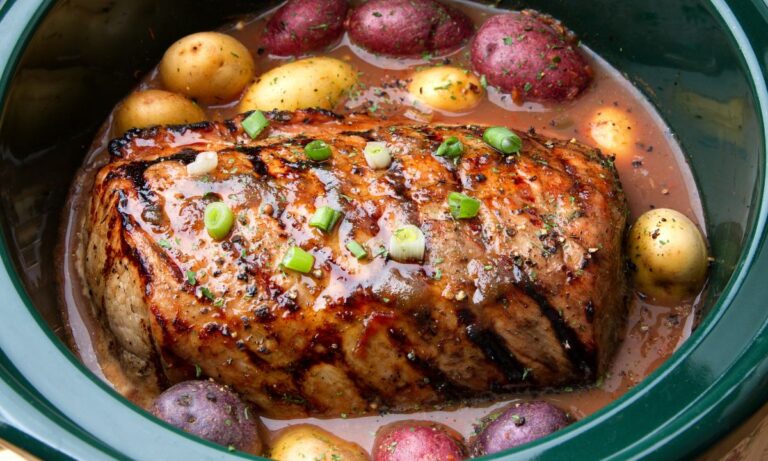Healthy Spring Dinners: A Fresh Start to the Season
Introduction
Spring is a wonderful time to enjoy fresh, delicious, and healthy dinners that make use of the season’s bountiful produce. In this article, we’ll explore the importance of seasonal eating, key ingredients for spring dinners, and five delightful recipes to inspire your healthy spring meal planning. We’ll also share some tips for creating your own scrumptious spring dinners, and answer some frequently asked questions.
The Importance of Seasonal Eating
Nutrient Density
Eating seasonally ensures that you’re consuming fruits and vegetables at their peak freshness, which means they are more nutrient-dense than their out-of-season counterparts. This is because produce loses nutrients as it sits on the shelf, and seasonal produce has a shorter time between harvest and consumption.
Environmental Impact
Seasonal eating also has a lower environmental impact since it reduces the need for long-distance transportation and refrigeration. This means that by eating seasonally, you are helping to reduce your carbon footprint and promote a more sustainable food system.
Supporting Local Farmers
When you choose to eat seasonally, you’re also supporting local farmers and the local economy. Buying produce from farmers’ markets or directly from farms helps keep money within your community and encourages the growth of small, sustainable agricultural businesses.
Key Ingredients for Spring Dinners
Fresh Vegetables
Spring is the perfect time to incorporate an array of colorful and nutritious vegetables into your meals. Some popular spring vegetables include asparagus, artichokes, peas, radishes, and spinach.
Lean Proteins
Lean proteins like chicken, fish, and tofu are excellent additions to spring dinners, as they provide essential nutrients without adding excessive fat or calories.
Herbs and Spices
Fresh herbs and spices can elevate the flavors of your spring dinners while also offering health benefits. Some popular spring herbs include parsley, cilantro, dill, and mint.
Delicious and Healthy Spring Dinner Recipes
Spring Vegetable Stir-Fry
A spring vegetable stir-fry is a quick and easy way to enjoy a variety of fresh vegetables in one delicious meal. Simply sauté your favorite spring vegetables in a bit of olive oil, add your choice of lean protein, and season with garlic, ginger, and low-sodium soy sauce.
Lemon Herb Grilled Chicken
Lemon herb grilled chicken is a light and flavorful spring dinner option. Marinate chicken breasts in a mixture of lemon juice, olive oil, minced garlic, and your favorite fresh herbs, then grill until cooked through. Serve with a side of steamed or roasted spring vegetables for a well-rounded meal.
Asparagus and Goat Cheese Frittata
An asparagus and goat cheese frittata is an elegant and satisfying spring dinner choice. Whisk together eggs, milk, and seasonings, then pour over sautéed asparagus and crumbled goat cheese in a skillet. Bake until set and enjoy with a fresh green salad.
Quinoa Salad with Fresh Vegetables
A quinoa salad with fresh vegetables is a nutritious and versatile spring dinner option. Combine cooked quinoa with a variety of chopped spring vegetables, such as bell peppers, cucumbers, and cherry tomatoes. Toss with a lemony vinaigrette and garnish with fresh herbs.
Baked Salmon with Spring Pesto
Baked salmon with spring pesto is a delicious and heart-healthy spring dinner idea. Make a spring pesto with fresh herbs, garlic, lemon juice, and olive oil, then spread over salmon fillets and bake until flaky. Serve with a side of roasted or steamed spring vegetables.
Tips for Planning Healthy Spring Dinners
- Plan your meals around what’s in season and available at your local farmers’ market.
- Prioritize vegetables and lean proteins in your meal planning.
- Experiment with new herbs and spices to enhance the flavors of your spring dishes.
- Opt for lighter cooking methods, such as grilling, steaming, or baking, to preserve nutrients and avoid excessive fat.
- Incorporate a variety of colors and textures to create visually appealing and satisfying meals.
Conclusion
Embracing the flavors and ingredients of spring is a wonderful way to enjoy healthy, delicious, and environmentally conscious dinners. By incorporating fresh vegetables, lean proteins, and vibrant herbs and spices, you can create nutritious and satisfying meals that celebrate the season. Use the recipes and tips shared in this article as a starting point for your spring dinner planning, and let your creativity guide you in the kitchen.
Frequently Asked Questions
1. What are some additional spring vegetables that can be incorporated into spring dinners?
Other spring vegetables to consider include fava beans, leeks, ramps, arugula, and Swiss chard.
2. Can I substitute other proteins for the ones suggested in the recipes?
Absolutely! Feel free to use your preferred protein source in any of the recipes, keeping in mind that cooking times may vary.
3. What are some healthy dessert options to enjoy after a spring dinner?
Consider fruit-based desserts, such as fruit salad or a fruit tart made with whole-grain crust and Greek yogurt filling.
4. How can I make spring dinners more kid-friendly?
Get children involved in the meal planning and preparation process, and encourage them to try new ingredients by incorporating them into familiar dishes.
5. Can spring dinners be prepared in advance for busy weekdays?
Many spring dinner recipes can be prepared or partially prepped ahead of time, making it easier to enjoy healthy meals on busy weeknights.







